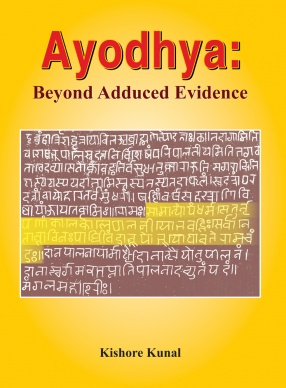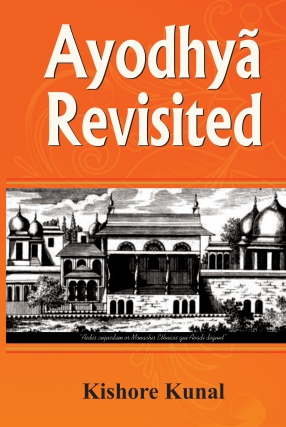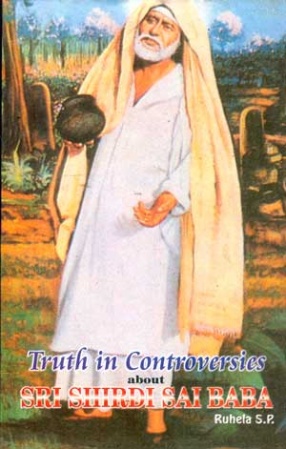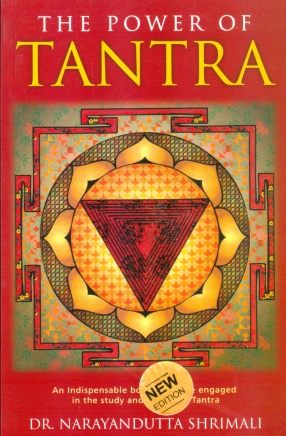Ayodhya: Beyond Adduced Evidence
Ayodhya: Beyond Adduced Evidence is a sequel to the author’s earlier book Ayodhya Revisited. It highlights how the Rama Janma Bhumi at Ayodhya is an essential and integral part of Hinduism. On the basis of unimpeachable evidence it establishes the exact location of the Rama Janma Bhumi. It proves beyond any shade of doubt that a Rama temple built in the 12th century existed on the disputed site and that was demolished by Fedai Khan, the Governor of Aurangzeb in 1660 A.D.
Based on the law laid down in scriptures it demonstrates that the bhumi of the temple having a consecrated idol gets the status of a deity. From the in-depth analysis of scriptures and inscriptions it has been concluded that a temple converted into a mosque can be legitimately restored to its original character of a temple.
The question of the title of the disputed land has been discussed at length both in historical and legal perspectives and it has been found that the title vests in both the Rama Janma Bhumi and numerous deities who reside there forever. But it was unlawfully grabbed by the British authorities in 1858 and that wrong remains unrectified till today.
The historical fact that many Mughal monarchs, Awadh Nawabs and Muslim nobles liberally granted land at Ayodhya for the construction of temples and mutts to the Bairagi sadhus has been highlighted in the book.
So far the title of the mosque is concerned, it is found that almost all evidences claimed in favour of the mosque are fake and fabricated. Moreover, whatever the title it had, that extinguished in 1858 after Lord Canning confiscated the disputed land. Thereafter, the Muslims had the permissive possession of a part of the mosque for offering nemaz.
Besides, the gun of the claim of adverse possession is fired against a wrong target as it has been directed against the Hindus; whereas the ownership of the land lies with the Government.
The author has shown the striking similarities and stark contrasts in the situations of Somanatha and Ayodhya, and has deeply probed as to why Somanatha succeeded, whereas solution is still eluding Ayodhya. It has been proved that Rama’s worship has continued for more than 2000 years and his saga is India’s most pervasive and enduring instrument of acculturation. Besides, it has been shown in the book that Rama has been regarded as the embodiment of Dharma since Valmiki wrote the Ramayana.
The book is indispensable for any student, scholar and lawyer interested in knowing the history of and the title to the disputed land at Ayodhya.
Contents: Preface. 1. Why is Ayodhya so important?. 2. Where is the Rama Janmabhumi located?. 3. Did there exist a temple on the disputed land?. 4. What happens after a temple is desecrated or an idol is defiled?. 5. Can any temple be restored to its original character after desecration or defilement?. 6. Is the Title vested in the Hindu Deity?. 7. How is Buchanan’s Inscription so crucial for the history of the disputed shrine?. 8. Will the Title tilt in favour of Baburi mosque?. 9. Who demolished the temple on the Rama Janma Bhumi and built the mosque thereon?. 10. Is Sir Jadunath Sarkar’s list of the temples demolished by Aurangzeb complete?. 11. Is there any similarity between the historical events at Somanatha and Ayodhya?. 12. Rama’s worship has continued for more than 2000 years. 13. Rama’s Saga is India’s most pervasive and enduring instrument of acculturation. 14. Rama’s references in Buddhist texts are, by and large, based on Valmiki’s Ramayana. 15. Rama is the embodiment of Dharma. Appendices. Index.
Get it now and save 10%
BECOME A MEMBER








Bibliographic information